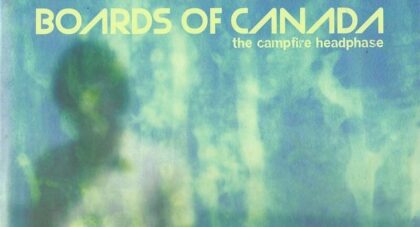Having last week seen Gone Girl back-to-back with another (far quieter, far more chilling, far superior) infidelity-noir, The Blue Room, I’ve been thinking a lot about contrasting points of view and conflicts of interpretation. In both these films, the drama is refracted through a he-said-she-said-they-said prism in which every perspective is revealed as partial, cluttered-over in prejudicial evidence. As an audience, the central challenge we are posed with is how to navigate these contradictory perspectives–especially when, like little detectives, what we want are facts, damnit . . .
Only the good shit. Aquarium Drunkard is powered by its patrons. Keep the servers humming and help us continue doing it by pledging your support.
To continue reading, become a member or log in.


